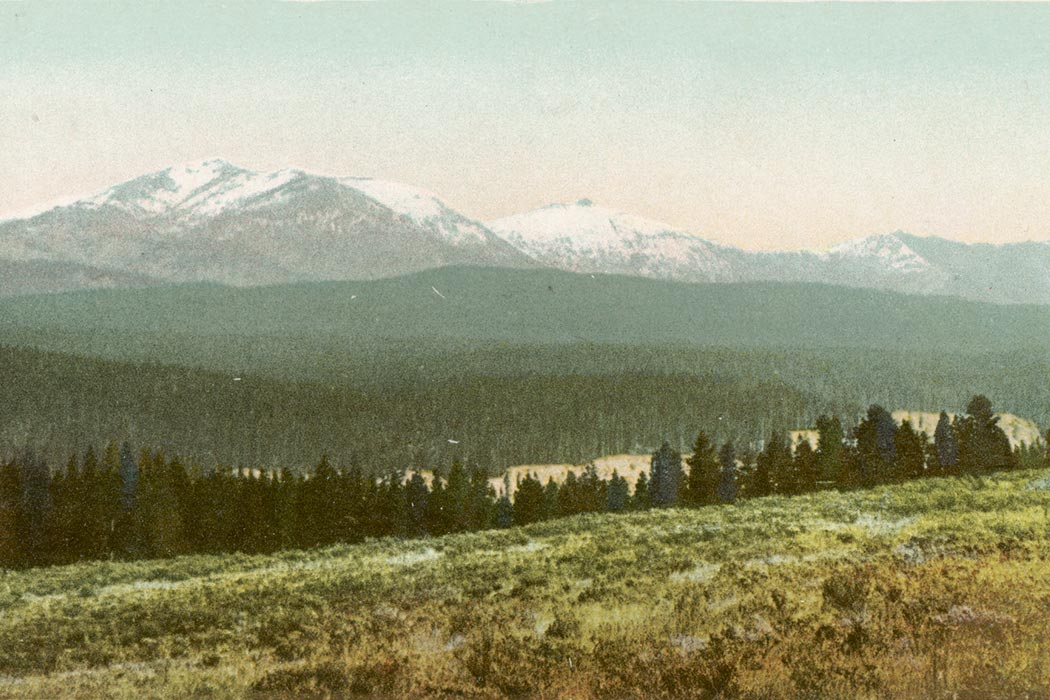On February 12th, President Obama designated three new national monuments in California. “The designations were a project of Senator Dianne Feinstein, Democrat of California,” reported Mark Lander and Julie Turkewitz of The New York Times. “She asked Mr. Obama last summer to use his powers under the Antiquities Act, a 110-year-old law, to create the monuments after legislation to protect the lands was thwarted by feuding between environmentalists, mining companies and hunters.”
President Obama has protected more acres of land and water (over 265 million) than any previous President, in designations that have at times been politically contentious. A 2003 paper in the Yearbook of the Association of Pacific Coast Geographers by Lay James Gibson and Bryant Evans, however, suggests that preservation doesn’t have to be all bad news for the economy. As their case study, Gibson and Evans examined a national park that was proposed in Arizona in 1999—the Sonoran Desert National Park.
The net costs or benefits of national park or monument designations depend largely on what economic opportunities must be sacrificed for the sake of the park. “Would the economic impacts of a national park outweigh the beneficial impacts of a few small mining operations? Probably,” write Gibson and Evans. “Would it outweigh the economic benefits of off-road recreational vehicles? Again, the answer is ‘probably.’ On the other hand, if the national park designation means that a large copper mine and ore processing facility cannot be created or that military use of the area must be discontinued, we will likely get a different answer to our question. Will the national park’s economic returns be greater than the returns associated with either of the two activities just mentioned? Probably not.”
National parks, however, can also produce sizeable economic benefits, a fact which is often overlooked. For starters, they bring jobs and federal funds to an area. As the authors point out:
[T]he National Park Service is, effectively, an export-oriented industry with considerable economic clout. The ‘start-up costs’ of a new national park would be minimal for the gateway communities located along its periphery, and the communities that position themselves to take full advantage of a national park and the Park Service itself can benefit substantially.
The towns and cities surrounding national lands, which are often rural communities with limited appeal to tourists, also stand to benefit from the considerable tourism industry that can accompany such designations. “[A] proposed national park will certainly have a beneficial impact on the tourist-serving activities in its local region,” Gibson and Evans conclude. “The national park designation is a high cachet label that is widely recognized by the traveling public and a virtual guarantee that the park will be featured in guidebooks and in road maps.”
National parks and monuments, in short, can harm local economies in some situations, but they can also boost the economies of surrounding towns and cities in other situations. It’s a truth that both environmentalists and business advocates would do well to consider.







